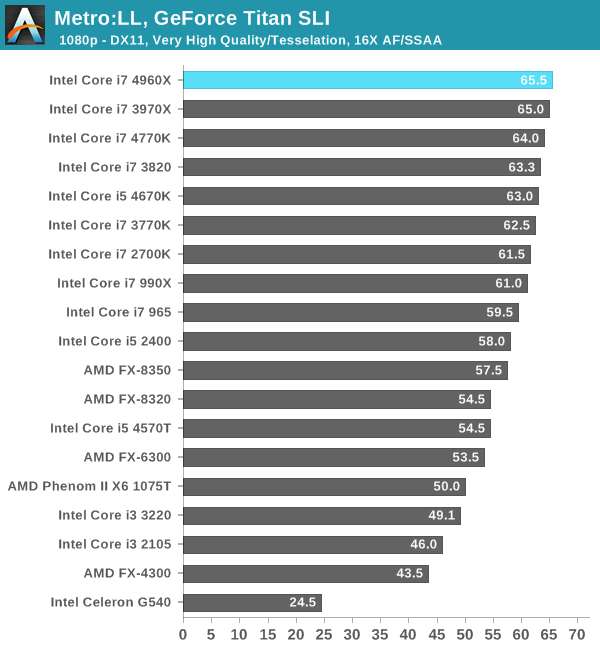

Covington was only manufactured in Slot 1 SEPP format. Nevertheless, the first Celerons were quite popular among some overclockers, for their flexible overclockability and reasonable price. The initial market interest faded rapidly in the face of its poor performance, and with sales at a very low level, Intel felt obliged to develop a substantially faster replacement as soon as possible. Substantial numbers were sold on first release, largely on the strength of the Intel name, but the Celeron quickly achieved a poor reputation both in the trade press and among computer professionals. Although clocked at 266 or 300 MHz (frequencies 33 or 66 MHz higher than the desktop version of the Pentium w/MMX), the cacheless Celerons had trouble outcompeting the parts they were designed to replace.

Celeron g540 test code#
Covington also shared the 80523 product code of Deschutes. Launched in April 1998, the first Covington Celeron was essentially a 266 MHz Pentium II manufactured without any secondary cache at all. The 'Cel' of Celeron rhymes with 'tel' of Intel." Intel Celeron processor familyĭesktop Celerons P6-based Celerons Celeron is seven letters and three syllables, like Pentium. The San Jose Mercury News described Lexicon's reasoning behind the name they chose: " Celer is Latin for swift.

Intel hired marketing firm Lexicon Branding, which had originally come up with the name "Pentium", to devise a name for the new product as well. The Celeron also effectively killed off the nine-year-old 80486 chip, which had been the low-end processor brand for laptops until 1998. Instead, Intel pursued a budget part that was to be pin-compatible with their high-end Pentium II product, using the Pentium II's proprietary Slot 1 interface. Although a faster Pentium MMX would have been a lower-risk strategy, the industry-standard Socket 7 platform hosted a market of competitor CPUs that could be drop-in replacements for the Pentium MMX. Intel's existing low-end product, the Pentium MMX, was no longer performance-competitive at 233 MHz. 2.10 Coffee Lake-based desktop CeleronsĪs a product concept, the Celeron was introduced in response to Intel's loss of the low-end market, in particular to the Cyrix 6x86, the AMD K6, and the IDT Winchip.2.5 Sandy Bridge-based desktop Celerons.Subsequent Celeron-branded CPUs were based on the Pentium III, Pentium 4, Pentium M, and Intel Core. Introduced in April 1998, the first Celeron-branded CPU was based on the Pentium II. This has been the primary justification for the higher cost of other Intel CPU brands versus the Celeron range. While some Celeron designs have achieved strong performance for their segment, most of the Celeron line has exhibited noticeably degraded performance. Celeron branded processors often have less cache or intentionally disabled advanced features, with variable impact on performance. They typically offer less performance per clock speed compared to flagship Intel CPU lines, such as the Pentium or Core brands. Celeron is Intel's brand name for low-end IA-32 and x86-64 computer microprocessor models targeted at low-cost personal computers.Ĭeleron processors are compatible with IA-32 software.


 0 kommentar(er)
0 kommentar(er)
